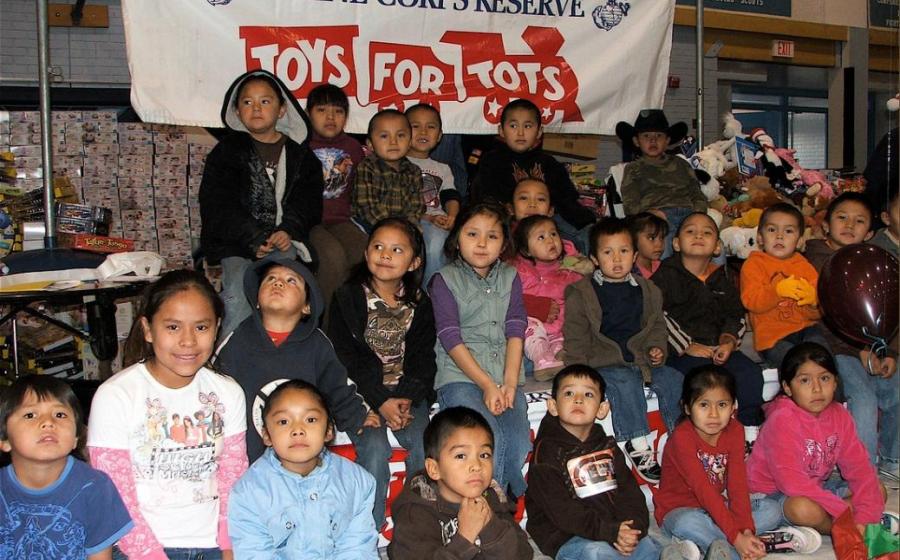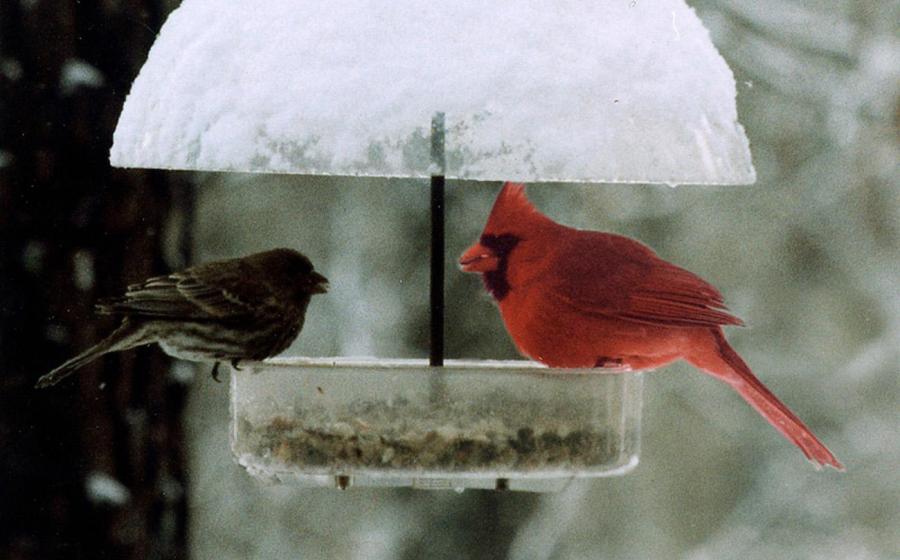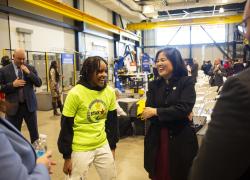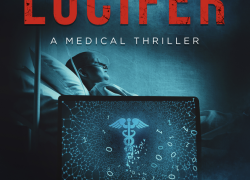Sudden Cardiac Arrest: Learning from a Survivor
(NewsUSA) - For Julie Lycksell, a wife, a mother and retired operating room nurse from Long Island, NY, Feb. 6, 1998, is a date she will never forget. On that day, only two days after her actual birthday, Julie celebrates her “re-birthday” -- marking the day she nearly died from sudden cardiac arrest (SCA).
- For Julie Lycksell, a wife, a mother and retired operating room nurse from Long Island, NY, Feb. 6, 1998, is a date she will never forget. On that day, only two days after her actual birthday, Julie celebrates her “re-birthday” -- marking the day she nearly died from sudden cardiac arrest (SCA).
Luckily, when Julie experienced SCA and lost consciousness at a local restaurant, she benefited from having the right people with the right equipment help her at just the right time. From the doctor and nurse dining near Julie who performed CPR, to the police officer who used an automated external defibrillator (AED) to shock her heart back into rhythm, Julie is here today because of their quick action. At the hospital, doctors inserted an implantable cardioverter defibrillator (ICD) in her chest to prevent future life-threatening heart events. ICDs have given Julie the gift of more than 20 extra years of life following that fateful episode.
Julie’s story sounds remarkable because it is. If not treated immediately, SCA can be fatal. Approximately 95% of people who experience an out-of-hospital cardiac arrest event and are not treated by defibrillation within 10 minutes will die.
What Is Sudden Cardiac Arrest?
SCA is a condition in which the heart suddenly and unexpectedly stops beating. Unlike other heart conditions, SCA can impact people off all ages, races and ethnicities, and often with no warning -- in fact, 1,000 people each day experience SCA. Different from a heart attack, SCA is an electrical issue that stops the heart, leading to lack of blood flow to the body. Cardiac arrest remains a public health crisis, claiming more lives than breast cancer, AIDS and lung cancer combined.
Who is at Risk?
People who have had a heart attack, heart failure or a low ejection fraction, or people who previously experienced SCA or come from a family with a history of heart disease are at higher risk. If a family member experiences any of these events, it’s important to talk to a doctor about potential risk. In Julie’s case, several family members received an ICD to ensure their hearts beat properly and protect them should an abnormal heart rhythm strike.
Julie’s career as an OR nurse gave her a forum to offer firsthand advice about the lifesaving benefits of ICDs and the reassurance they can bring: “This is your insurance policy for your heart -- it offers added protection … you are safer with this.”
How Does an ICD Work?
An ICD is a small device, the size of a pocket watch, placed under the skin below the collarbone, requiring a two-to-four-inch incision, with leads (thin wires) to monitor your heart rhythm 24 hours a day and deliver therapy if needed. Its battery lasts nearly a decade, as seen in Julie’s case. If the heart beats irregularly, the device sends low-energy electrical pulses to correct it. If the fast rate continues, the defibrillator will deliver a shock to restore the heart to a normal rate.
If you have experienced or are at risk for abnormal heart rhythms (arrhythmias) called ventricular tachycardia/ventricular fibrillation, you may be eligible for an ICD.
If you or a loved one have questions regarding ICDs or other implanted heart devices, visit Medtronic.com/SuddenCardiacArrest.


 -
-  “Rich Widows of Savannah Valley”
“Rich Widows of Savannah Valley” “I’ll Remember You”
“I’ll Remember You” “Jasper the Wonder Dog”
“Jasper the Wonder Dog” “Aha! So That’s What Bitcoin Is!”
“Aha! So That’s What Bitcoin Is!”
 - Many Native American children living on remote Reservations in the United States are growing up in unimaginable poverty, and their struggles are magnified by current skyrocketing prices for gas and food. Unemployment on Reservations is high, and jobs for many parents are scarce. Multigenerational families often share small houses, many of which lack phones, running water and sometimes even electricity. When families are struggling to pay for the necessities, there is no budget for Christmas presents. That’s where Marine Toys for Tots stands ready to assist children living on remote Reservations -- and that’s where you can help, too.
- Many Native American children living on remote Reservations in the United States are growing up in unimaginable poverty, and their struggles are magnified by current skyrocketing prices for gas and food. Unemployment on Reservations is high, and jobs for many parents are scarce. Multigenerational families often share small houses, many of which lack phones, running water and sometimes even electricity. When families are struggling to pay for the necessities, there is no budget for Christmas presents. That’s where Marine Toys for Tots stands ready to assist children living on remote Reservations -- and that’s where you can help, too. 
 - It’s an age-old question -- to feed or not to feed birds in fall and winter. Some people believe that feeding wild birds can cause more harm than good, like preventing timely migrations, or causing birds to depend on feeders rather than foraging food. The truth is these are myths and feeding birds is beneficial to their well-being. Birds migrate regardless of seed in feeders. It’s estimated that wild birds only get 25 percent of food from feeders, the rest is naturally sourced, so full feeders don’t keep birds from migrating. Instead, several triggers urge birds to migrate: like changes in nesting locations as trees lose leaves, less natural foods, insect decline, winds, temperature drop and day length. As days grow shorter, many birds get internally restless and head south, taking advantage of plentiful natural foods, and stocked feeders to fuel their flight.
- It’s an age-old question -- to feed or not to feed birds in fall and winter. Some people believe that feeding wild birds can cause more harm than good, like preventing timely migrations, or causing birds to depend on feeders rather than foraging food. The truth is these are myths and feeding birds is beneficial to their well-being. Birds migrate regardless of seed in feeders. It’s estimated that wild birds only get 25 percent of food from feeders, the rest is naturally sourced, so full feeders don’t keep birds from migrating. Instead, several triggers urge birds to migrate: like changes in nesting locations as trees lose leaves, less natural foods, insect decline, winds, temperature drop and day length. As days grow shorter, many birds get internally restless and head south, taking advantage of plentiful natural foods, and stocked feeders to fuel their flight.  -
-  “The Color of Ice”
“The Color of Ice” “The New Empire”
“The New Empire” “Civil Terror: Gridlock”
“Civil Terror: Gridlock”  “Rough Justice”
“Rough Justice”
 - America’s homeowners can expect to shell out more cold cash to keep warm this winter as they face the highest home heating costs in more than a decade -- making optimal energy efficiency more essential than ever.
- America’s homeowners can expect to shell out more cold cash to keep warm this winter as they face the highest home heating costs in more than a decade -- making optimal energy efficiency more essential than ever. 




